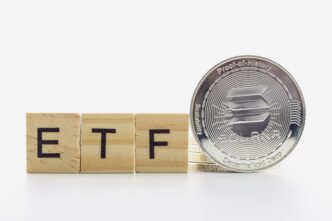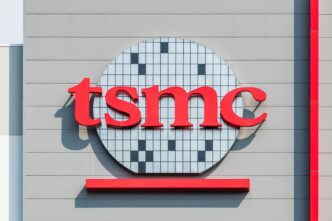Executive Summary
The Story So Far
Why This Matters
Who Thinks What?
The U.S. stock market’s increasing reliance on the technology sector, which now represents a larger portion of the S&P 500 than during the dot-com bubble, has left broader markets vulnerable to recent declines in artificial intelligence-related shares. A recent “wobble” in tech stocks, including the S&P 500 and Nasdaq Composite experiencing their biggest one-day drops in nearly a month on Tuesday, November 5, highlighted this concentration, according to a Reuters report on November 6.
Tech Sector Dominance
The technology sector currently accounts for approximately 36% of the S&P 500’s weight, surpassing its peak during the dot-com bubble era 25 years ago, as noted by Howard Silverblatt, senior index analyst at S&P Dow Jones Indices. When including other megacap companies like Alphabet, Amazon, Tesla, and Meta Platforms, which are not strictly classified as tech, their combined weight approaches nearly half of the benchmark index.
Investors have expressed concern that this heavy weighting, coupled with the market’s focus on AI prospects, exposes broader markets to negative developments. Walter Todd, chief investment officer at Greenwood Capital, stated that a significant percentage of the S&P 500 is tied to a single sector and theme, making the overall market vulnerable to any “hiccup” in AI.
Market Performance and Valuations
Despite a recent decline of over 3% since the prior week, impacting stocks such as Palantir Technologies and Nvidia, the technology sector remains the best-performing of the 11 S&P 500 sectors year-to-date. It has gained approximately 27%, outperforming the broader S&P 500’s over 15% gain. This strong performance has also contributed to the sector’s increased weighting in the S&P 500, rising from just under 33% at the start of the year.
The S&P 500’s forward price-to-earnings ratio stands around 23 times, higher than its 10-year average of 18.8, according to LSEG Datastream. The technology sector’s forward P/E ratio is even higher at about 32 times, significantly above its 10-year average of 22.2. These elevated valuations have fueled investor scrutiny for signs of an “AI bubble” in the stock market.
CEOs from major financial institutions, including Morgan Stanley and Goldman Sachs, cautioned on Tuesday that equity markets could be heading toward a drawdown, further underscoring concerns about current valuations. Matt Maley, chief market strategist at Miller Tabak, reinforced this sentiment, noting that a sustained and meaningful decline in tech stocks would inevitably pull down the broader indexes.
Underlying Fundamentals
Strong tech profits have largely supported the sector’s gains and its substantial index weightings. Technology is projected to account for approximately 25% of aggregate S&P 500 earnings in the third quarter, according to Tajinder Dhillon, head of earnings research at LSEG.
Investors also point out that many of the tech companies driving the AI theme are generally in a stronger financial position than those during the internet’s early days 25 years ago. Scott Wren, senior global market strategist at Wells Fargo Investment Institute, highlighted that these companies are “real companies with real cash flows,” and their ability to maintain strong capital spending related to AI has been a key market driver.
Outlook
The pronounced weighting of the technology sector, driven by strong AI prospects and robust earnings, positions it as a critical determinant for overall market performance. While some view recent pullbacks as a healthy reset, the sector’s elevated valuations and concentration prompt scrutiny for potential broader market implications.








